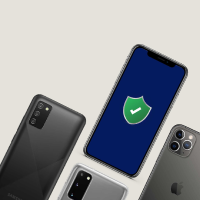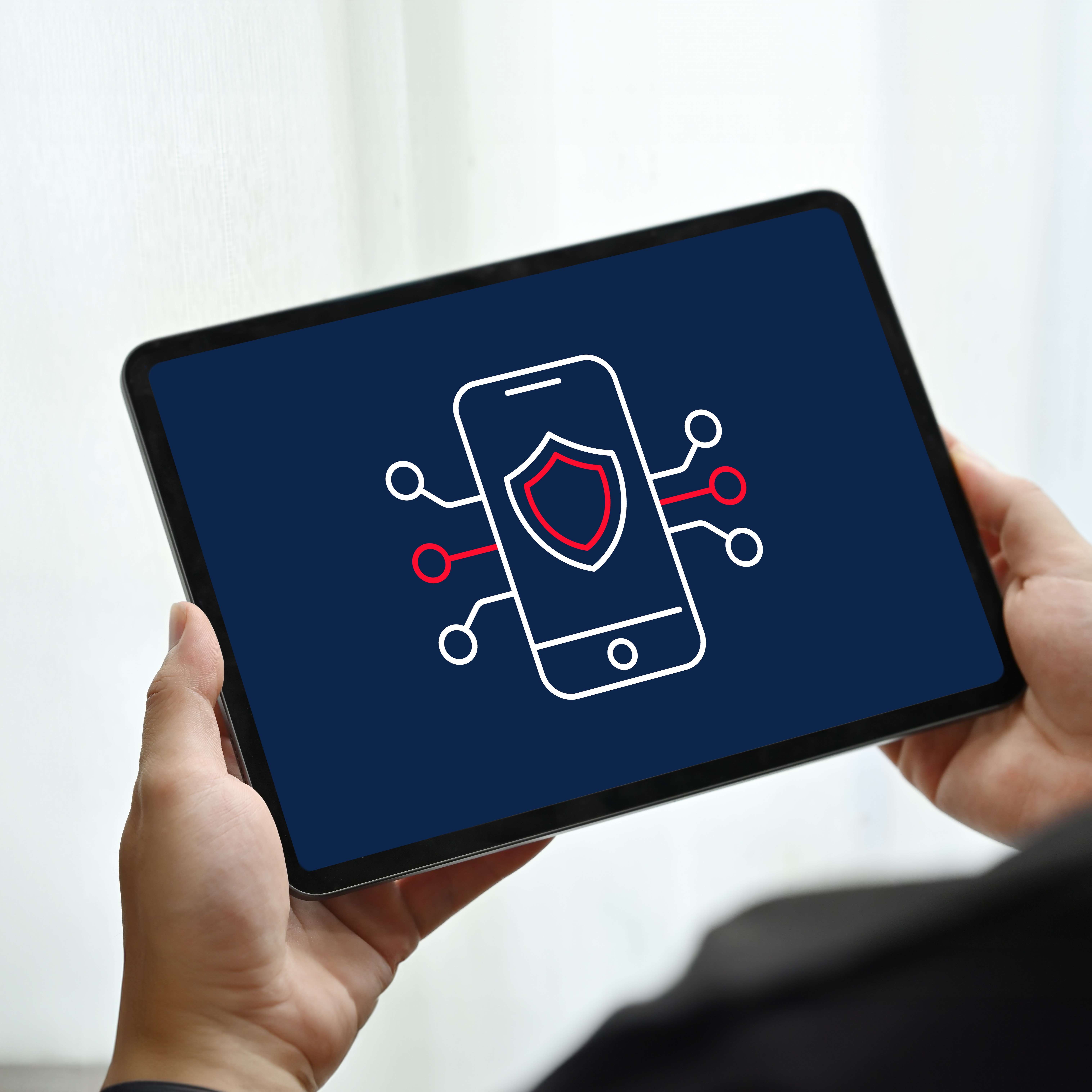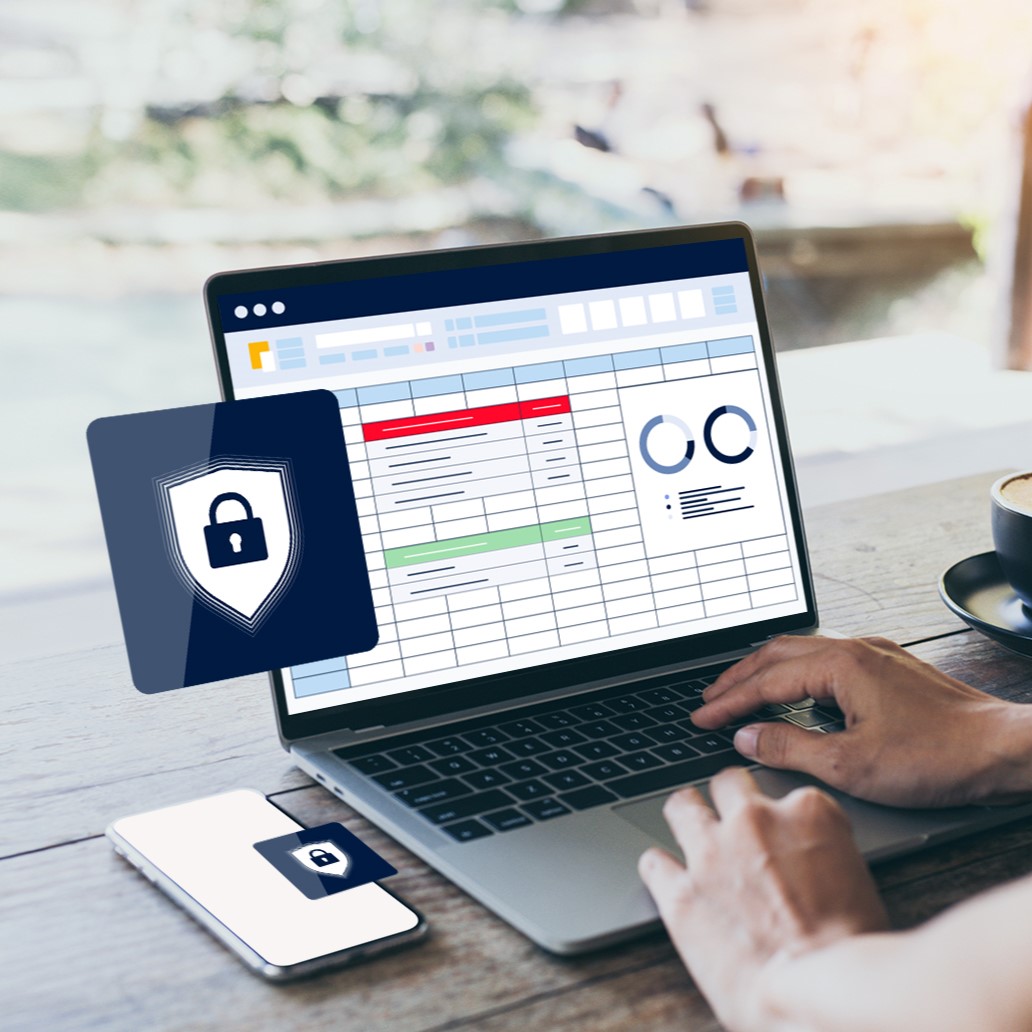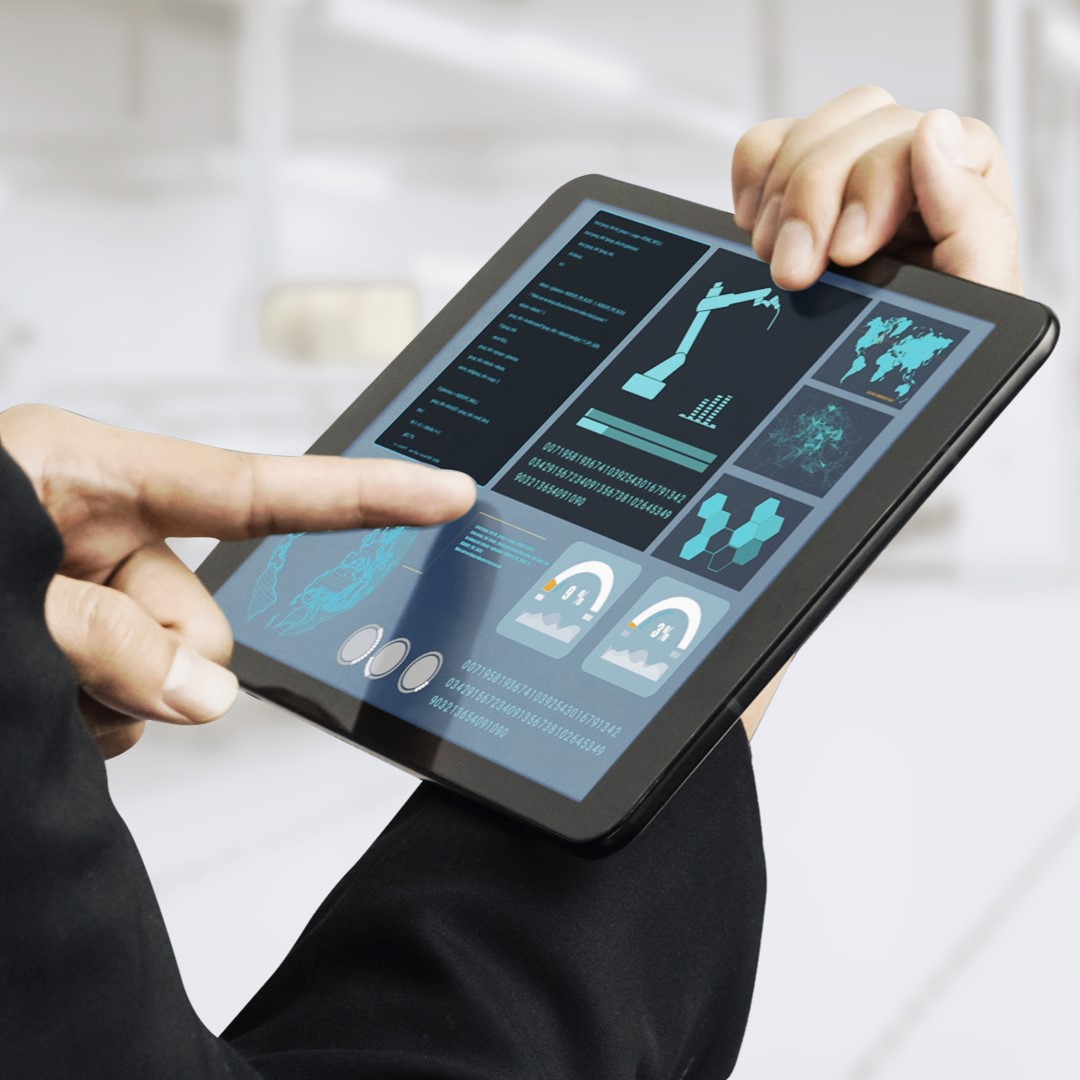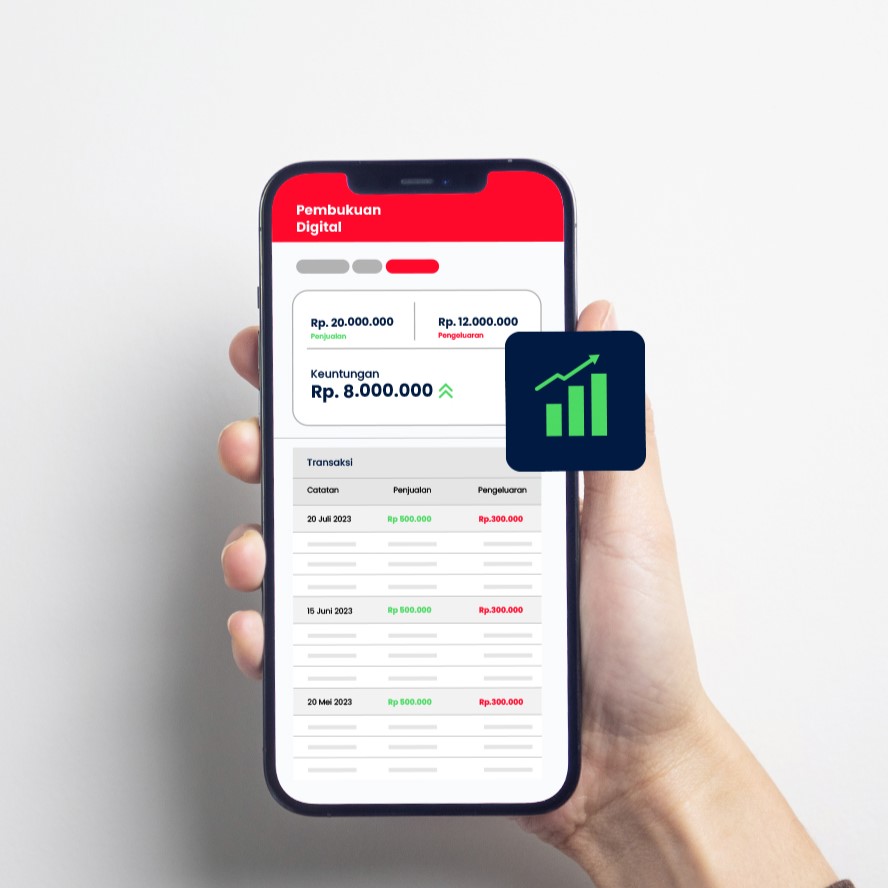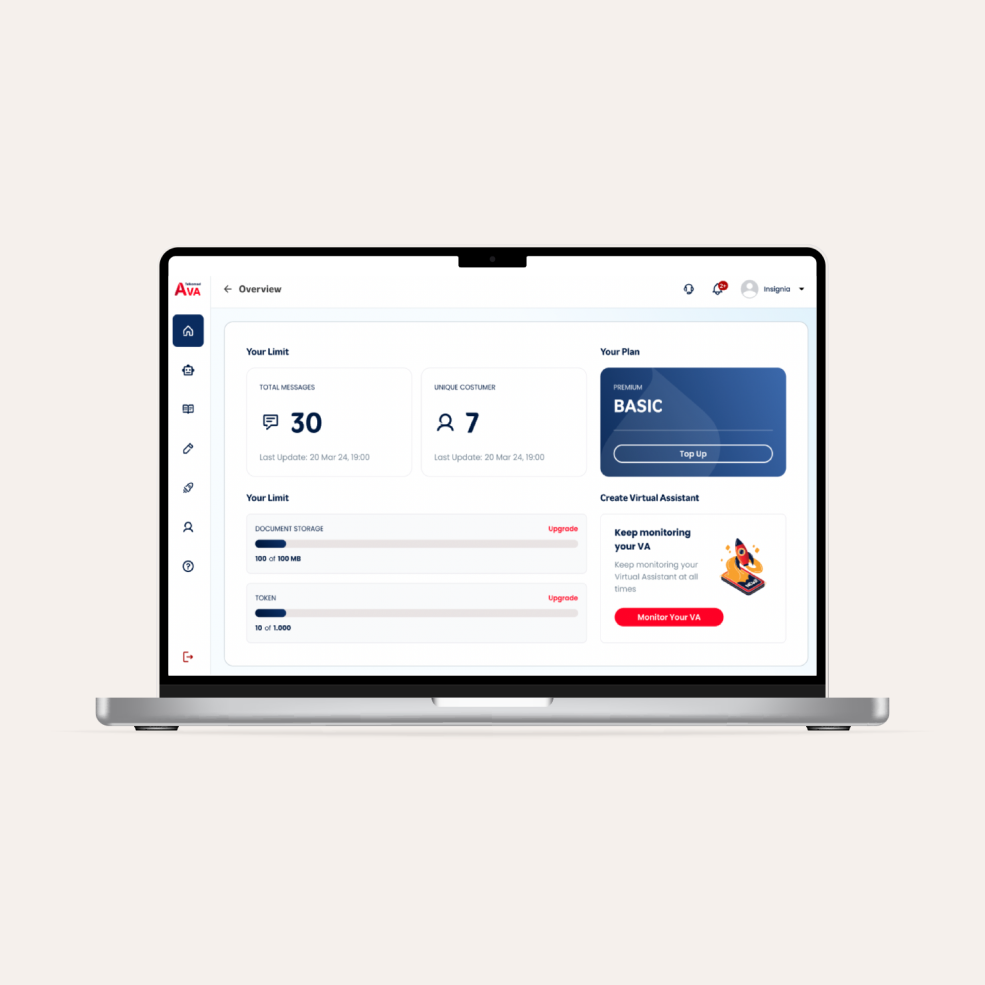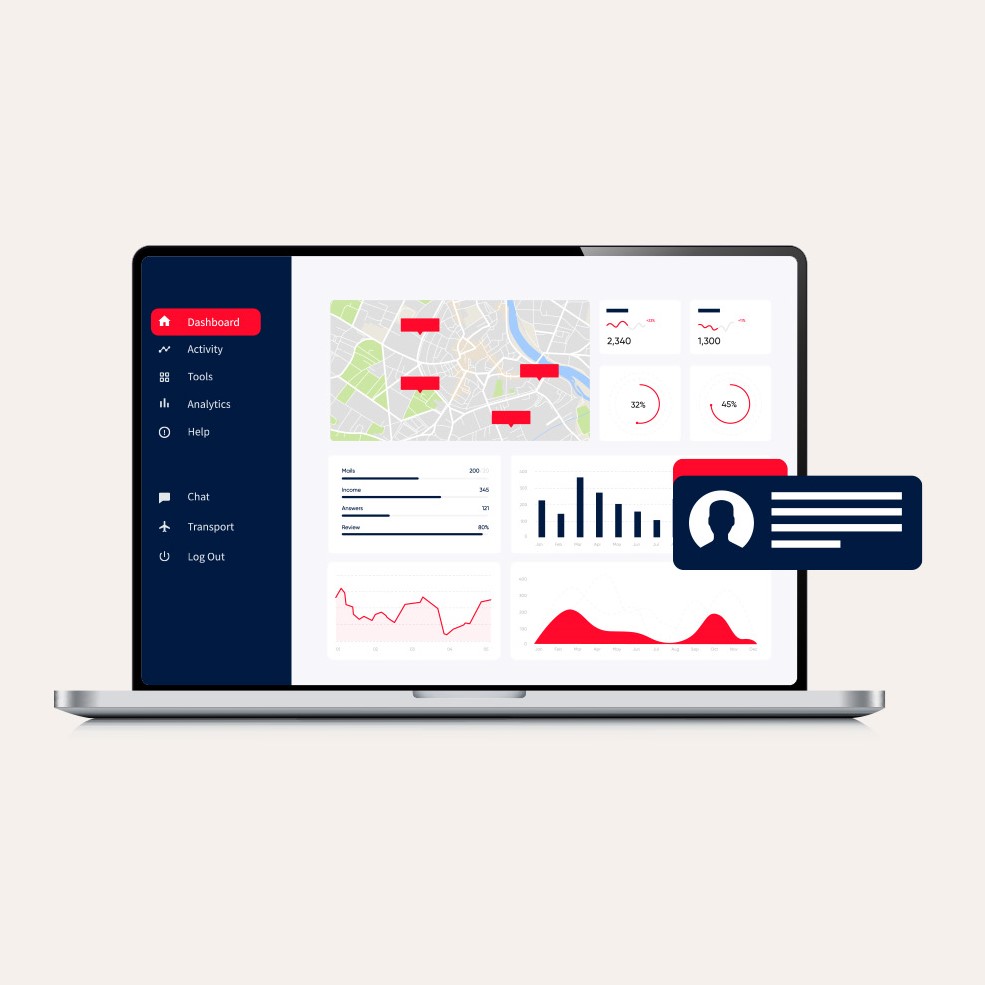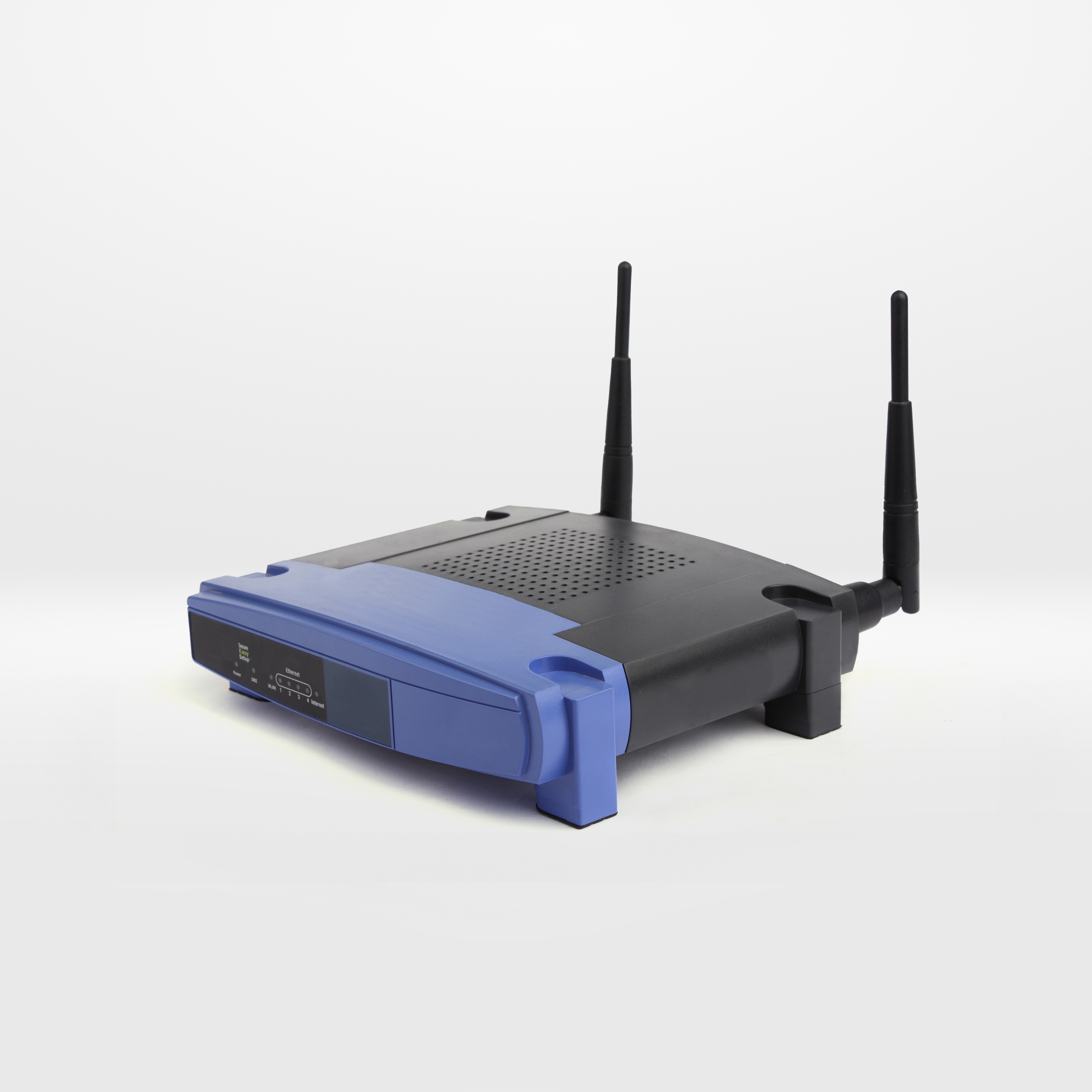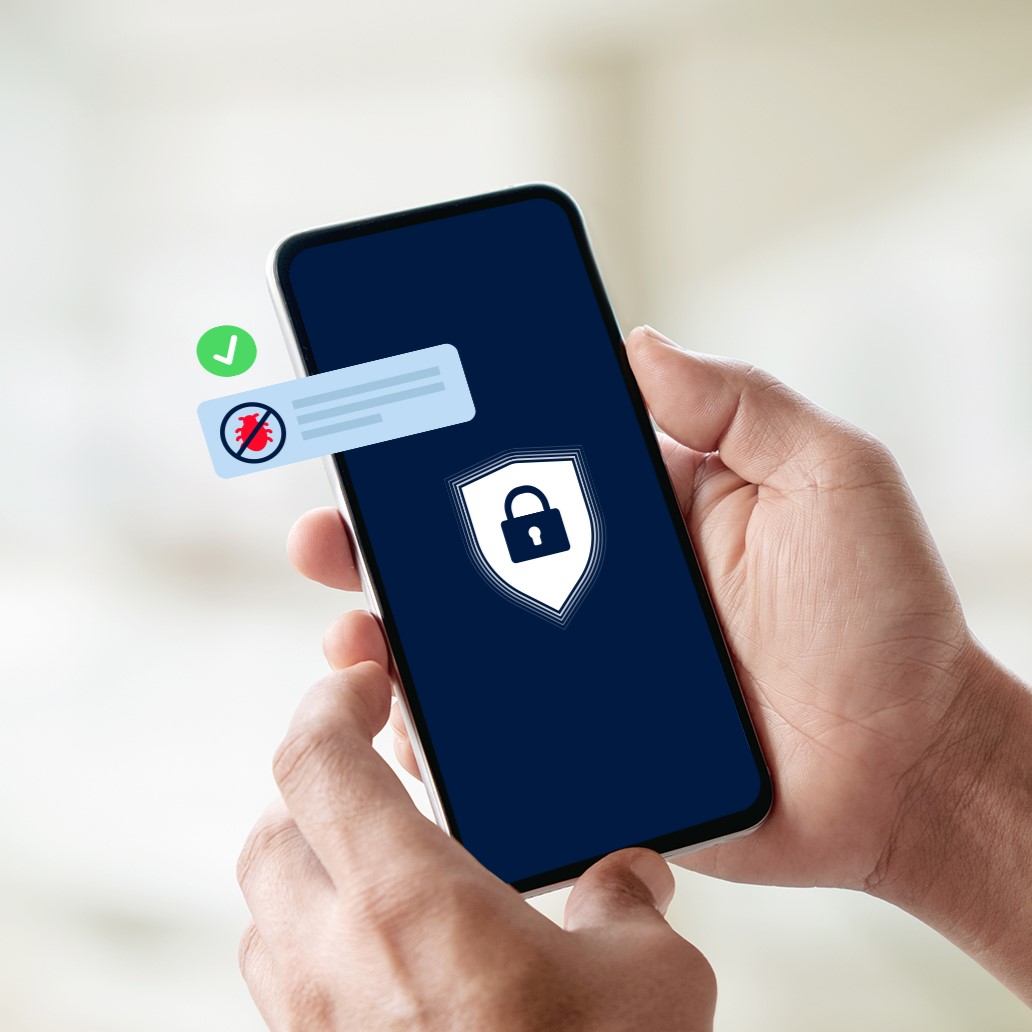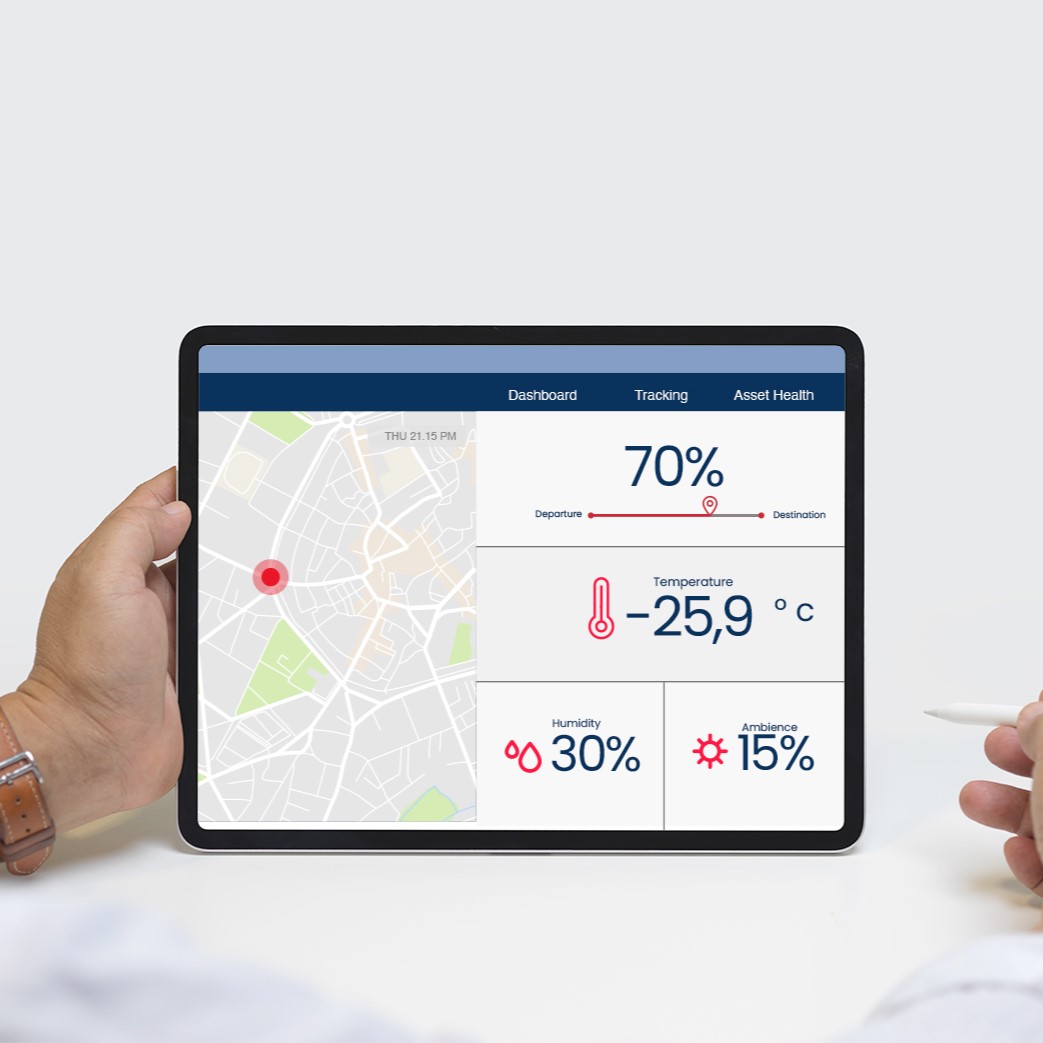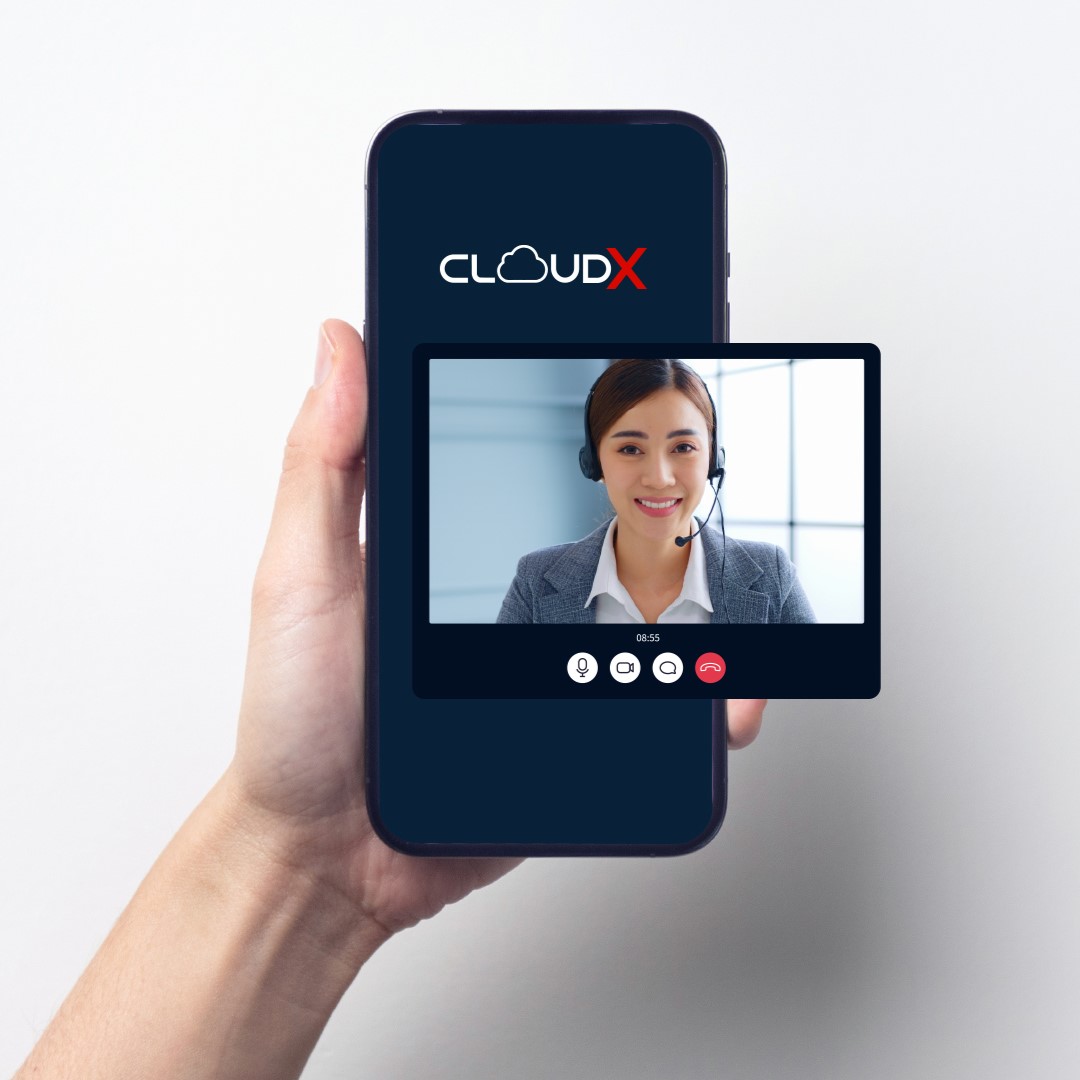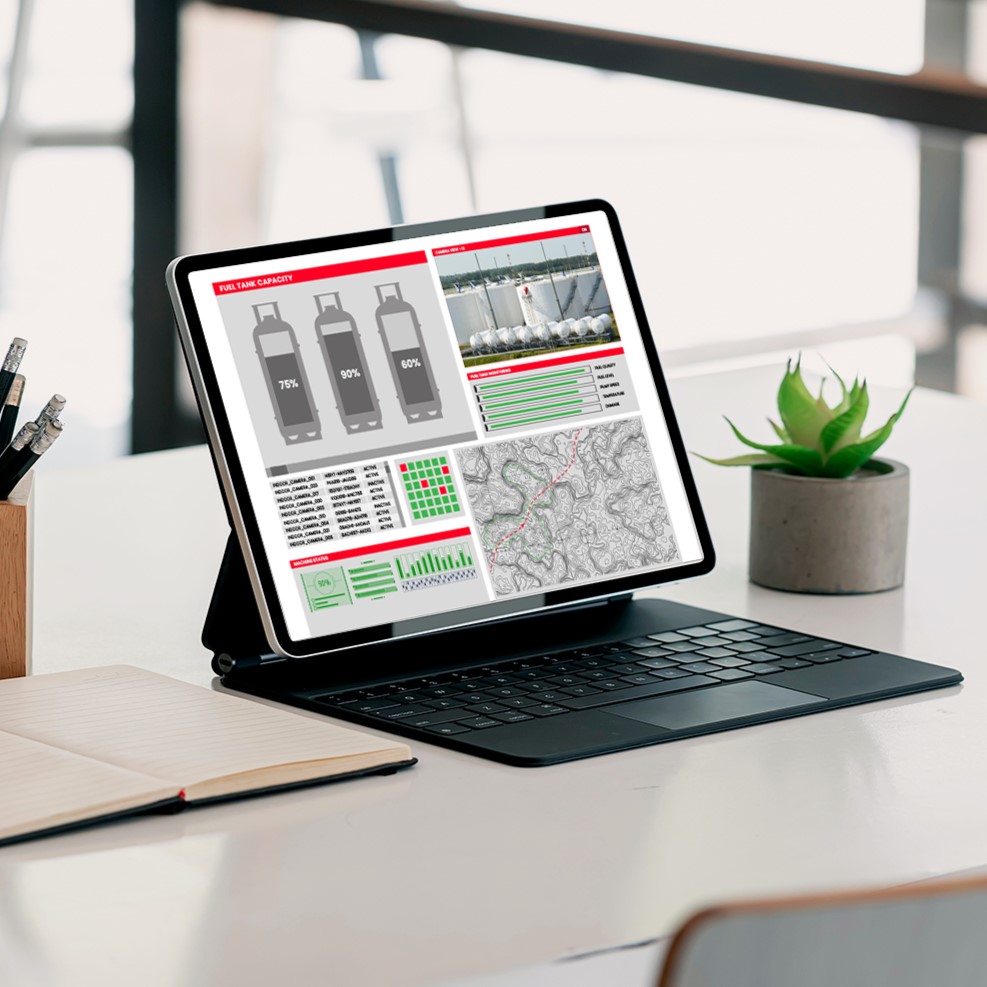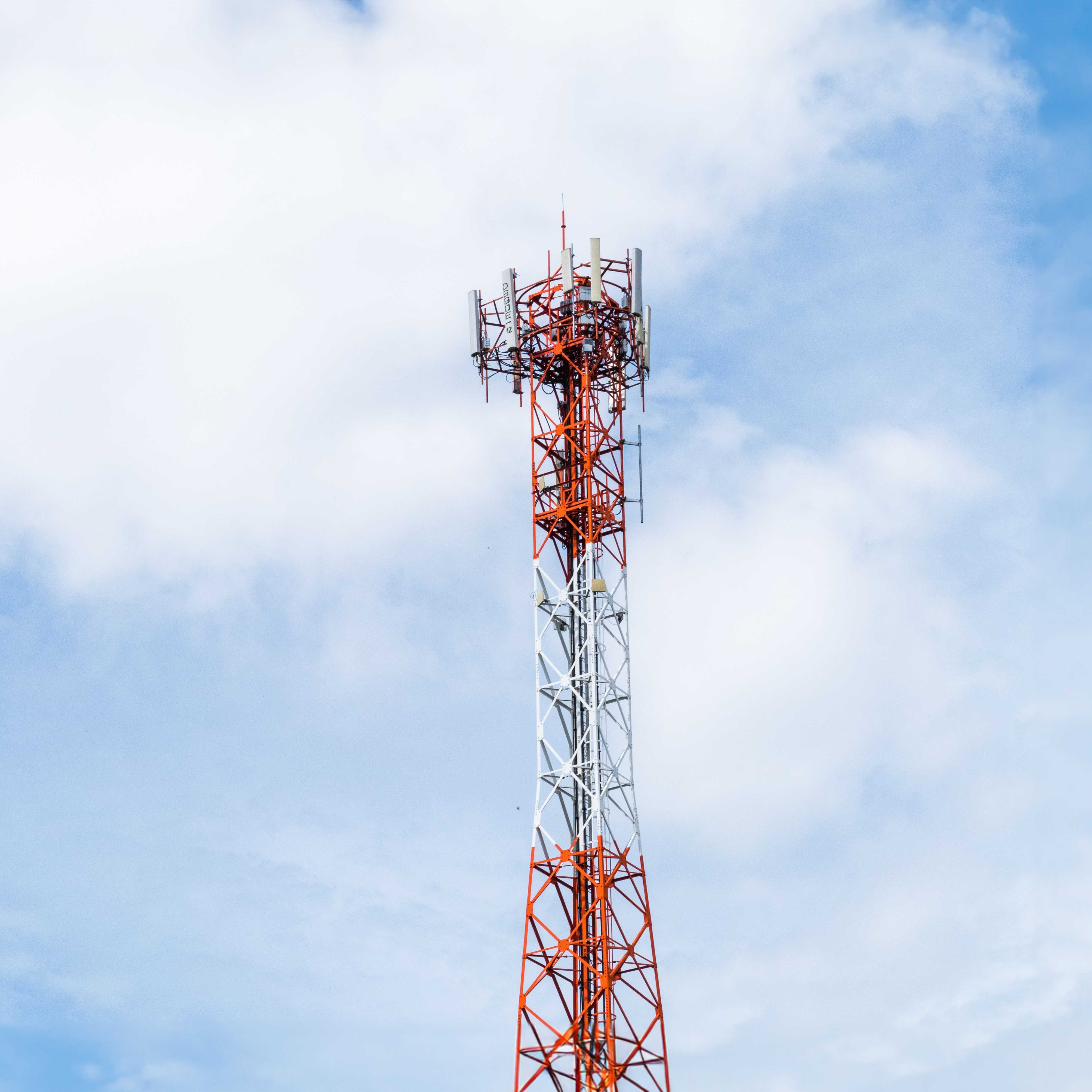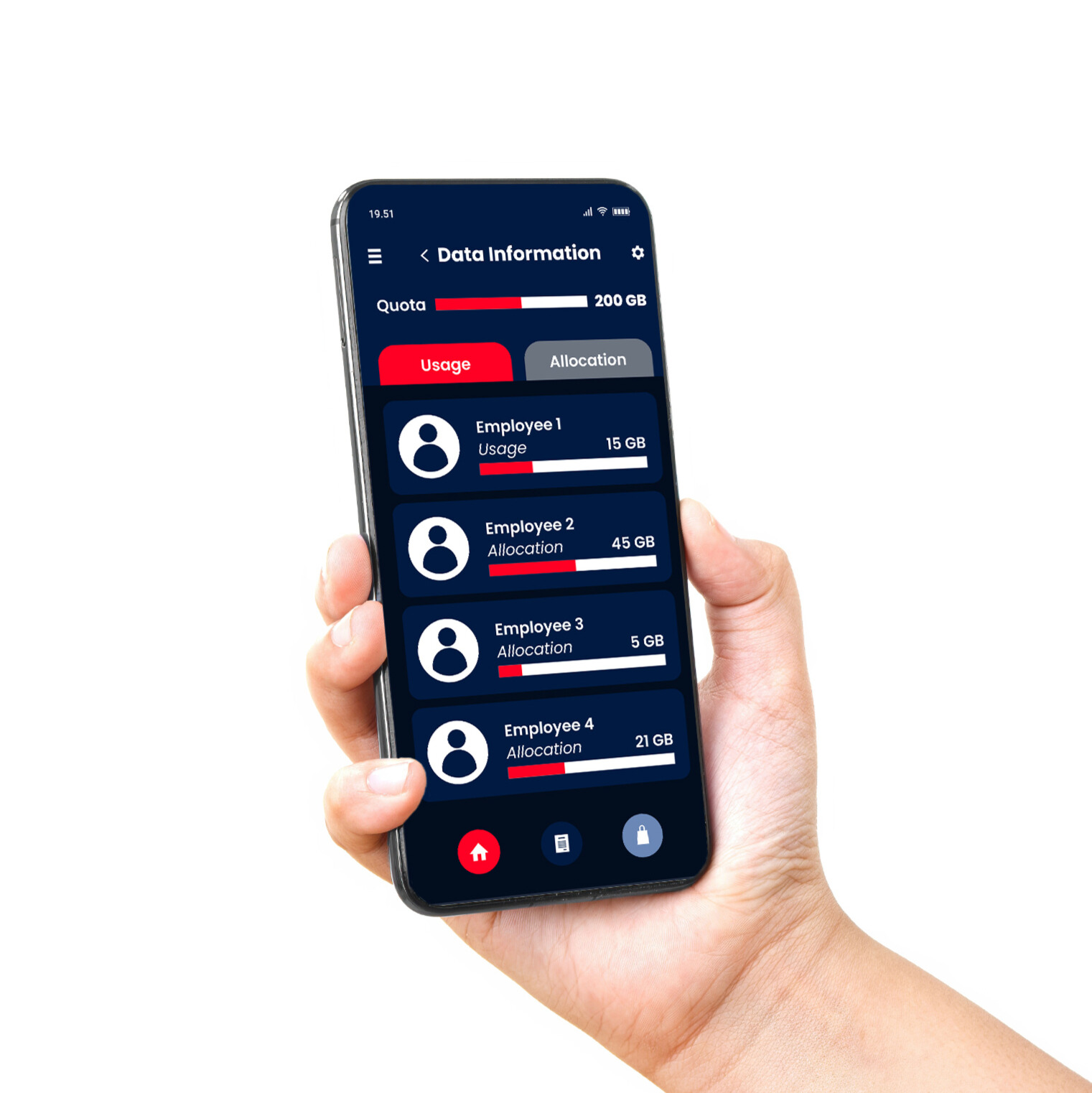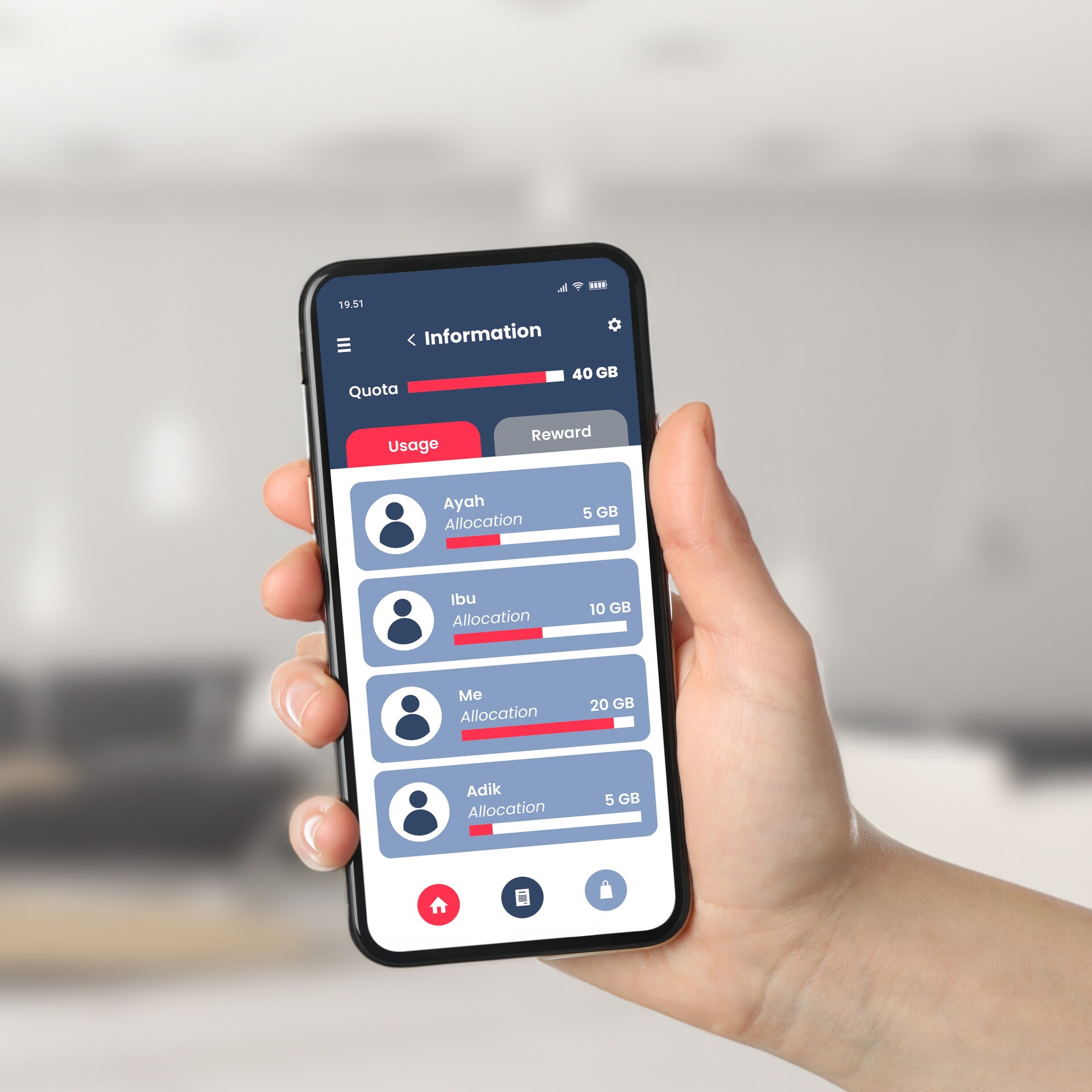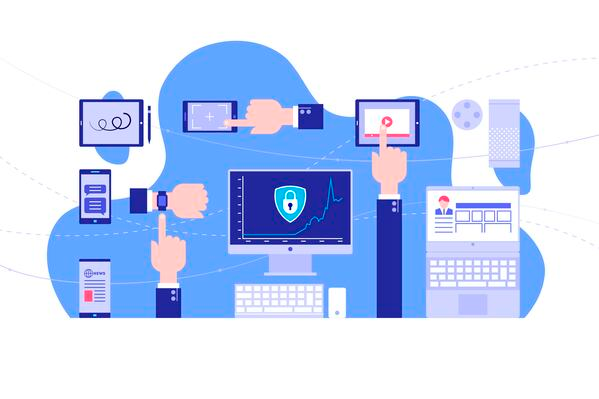The era dominated by bulky desktop devices in the workspace has passed. Now replaced by smartphones and tablets that are more compact in the hands of employees who are always on the move. This change was also driven by the phenomenon of "bring your own device" (BYOD).
The appeal of BYOD is undeniable. Employees enjoy the freedom to use familiar and user-friendly devices, which can certainly increase their comfort and efficiency. Meanwhile, companies can save significant costs in hardware procurement and maintenance, while developing a more engaged and flexible workforce.
However, along with the increasing adoption of BYOD, security concerns have also increased. For example, related to data leaks, unauthorized access, and malware infections. A Report from Bitglass revealed that 82% of respondents from various companies allow employees to use personal devices for work.
Unfortunately, many organizations still lack adequate measures to protect enterprise data within the ecosystem of BYOD. This article will help you answer challenges and offer solutions to this phenomenon.
BYOD Definition and Its Popularity
"Bring your own device" (BYOD) is a policy that allows employees to use their devices, such as smartphones, tablets, and laptops, for work purposes.
This concept emerged in response to the evolution of work habits and advances in technology, which provides flexibility and comfort for employees in carrying out their professional duties. With BYOD, employees can access company resources, applications, and data directly from their devices.
However, this convenience also has serious implications in the context of information security. BYOD can be a double-edged sword. On the one hand, it offers work efficiency and flexibility, but on the other hand, it brings up big questions about data security and privacy. Companies must ensure that their sensitive data remains safe, even if it is accessed from devices that are not fully under the control of the company's IT.
BYOD Data Security Vulnerabilities Challenges
One of the biggest challenges in BYOD implementation is the uncontrolled use of personal applications.
The apps that employees download on their devices may not be tailored to company security standards. This opens up a loophole for unauthorized access to company data, which can lead to leaks of important information. The need to monitor and manage these applications becomes very crucial.
Besides that, data loss represents a real risk in the BYOD scenario.
Situations such as losing a device or accidentally sending data to unauthorized parties can cause significant data leaks. Data protection becomes more complex when employees use their devices for personal and professional purposes simultaneously--increasing the possibility of accidental data leaks.
Not to mention, devices that are taken home or used in external locations increase the risk of loss or theft.
In BYOD context, a lost device is not only a loss of a physical asset but also a potential leak of sensitive data. How do companies ensure the data remains secure even when devices are outside their physical control?
To address these vulnerabilities, companies must implement strong security measures. For example, by implementing data encryption, using VPN, and introducing strict security policies regarding application use on BYOD devices. Apart from that, security awareness training for employees is also important to reduce the risk of data leaks.
The Challenge of Fragmented Security Landscape
In the BYOD environment, various types of operating systems and their versions interact within the company network.
These differences create complexity in security management. Each operating system has unique vulnerabilities and security requirements in its respective version, demanding a flexible and adaptive security strategy.
BYOD devices often have software that is not updated regularly, which could increase security risks.
Outdated versions of software or applications can have unpatched security holes, making the device vulnerable to cyberattacks. Companies need to ensure that all devices used in their work environment are continuously updated.
Then, every BYOD device may have different configurations, which do not always comply with corporate security standards.
These differences create challenges in implementing consistent security policies. Managing these configurations requires a more individualistic approach and often requires additional resources.
Regarding this challenge, companies must adopt tools and strategies that enable them to manage various devices efficiently. Solutions such as Mobile Device Management (MDM) play a key role in ensuring all BYOD devices remain secure and compliant with corporate security policies.

Human Factors Challenges
BYOD devices tend to be more vulnerable to phishing and malware attacks.
Employees may not always be able to differentiate between legitimate communications and fraud attempts, especially when using their devices. This increases the risk of cyberattacks that can access sensitive company data.
It is also added that one important aspect of BYOD security is password strength.
Many employees tend to use weak passwords or repeat them across multiple applications and services. The lack of use of multi-factor authentication on BYOD devices adds to this security risk.
Another big challenge in implementing BYOD is the lack of security awareness among employees.
Many employees are unaware of how their device usage habits can pose security risks. Security education and training are key to addressing these shortcomings.
To reduce risks posed by human factors, companies must prioritize security training and awareness. It is important to educate employees about security risks and best practices to mitigate them. Additionally, implementing strict and clear security policies also helps ensure that employees understand their responsibilities in keeping data safe.

Solutions for Building a Secure BYOD Fortress
If summarized in one strategic guide, the following steps can be implemented in your company:
Develop a Comprehensive BYOD Policy
The first step in building strong BYOD security is to develop a comprehensive policy.
This policy should cover elements such as device appropriateness, acceptable levels of use, and data encryption. It is important to ensure that all employees understand their limitations and responsibilities when using personal devices for work purposes.
The Important Role of Mobile Device Management (MDM)
Mobile Device Management (MDM) is a key tool in device management and BYOD security. MDM enables companies to monitor, manage, and secure mobile devices used in their work environment.
This includes having the ability to wipe company data from lost or stolen devices and ensuring that all devices comply with company security policies.
Data Encryption and Containerization
Technologies such as data encryption and containerization are very important in protecting sensitive data on BYOD devices.
Encryption ensures that data remains inaccessible to unauthorized parties, even if the device falls into the wrong hands. Containerization, on the other hand, separates company data and applications from employees' data, minimizing the risk of data leaks.
The Importance of Endpoint Security Solutions
To increase security in the BYOD environment, endpoint security solutions should also not be ignored.
This includes installing antivirus, anti-malware, and intrusion detection systems to protect against external threats. These solutions must be applied consistently across all BYOD devices so that later it can provide an additional layer of defense against cyberattacks.
Telkomsel Enterprise provides Mobile End Protection (MEP) solutions, designed to address threats and virus analysis on devices, and equipped with Machine Learning technology.
MEP offers comprehensive security, protecting companies and employees from cyberattacks, as well as analyzing attack threats to identify potential dangers. With more than 90 million unique application scans, MEP ensures corporate data protection and detects suspicious activity.
Regular Security Audit and Evaluation
Regularly conducted security audits and risk assessments are key to understanding and addressing vulnerabilities in systems. This allows companies to identify and address potential threats before they develop into serious problems.
This audit should cover all BYOD environmental aspects, from tools to policies and procedures.
Incident Response Planning and Training
Being prepared for potential data breaches and device compromise is an integral part of a BYOD security strategy.
Incident response planning and training must be provided to all members of the organization. This ensures that the team is ready to act quickly and efficiently in managing security incidents, thereby minimizing their impact on company operations.
Conclusion
BYOD (bring your own device) does offer many benefits, including increased employee flexibility and productivity. However, it is important to realize that each of these benefits comes with its security challenges. From data security risks to software vulnerabilities, these challenges require a careful and structured risk management approach.
Handling security aspects in the BYOD environment requires a comprehensive and proactive strategy. This means not just implementing such technical solutions Mobile Device Management (MDM) and data encryption, but also involving employees through training and education on data security protocols. Integrating clear policies and effective security tools can help balance the need for flexibility with the need to keep company data secure.
With the right understanding and strategy, companies can explore BYOD implementation without sacrificing their security. Moreover, with the right approach, BYOD can be a valuable asset that supports company growth and innovation.
Telkomsel Enterprise has a Mobile Device Management (MDM) solution that is designed to maintain the security of employee devices that can be accessed at any time.
Telkomsel MDM offers device and application protection from data breaches and financial losses due to data leaks. With more than 100 usage accounts and increased productivity of up to 90%, MDM is the right solution to increase the security visibility of company devices.
This service allows seamless implementation through zero-touch enrollment, ensuring that devices that have installed MDM can be used immediately. MDM also offers flexible payment types, integration with other Telkomsel Enterprise solutions, and solution packages or a la carte. With a more secure security system, MDM manages permissions and access to the network, maintaining the security of company data.
Protect your company's mobile devices from cyberattacks with Mobile Device Management from Telkomsel Enterprise. Contact us for more information on how this solution can help keep your company's devices secure.







